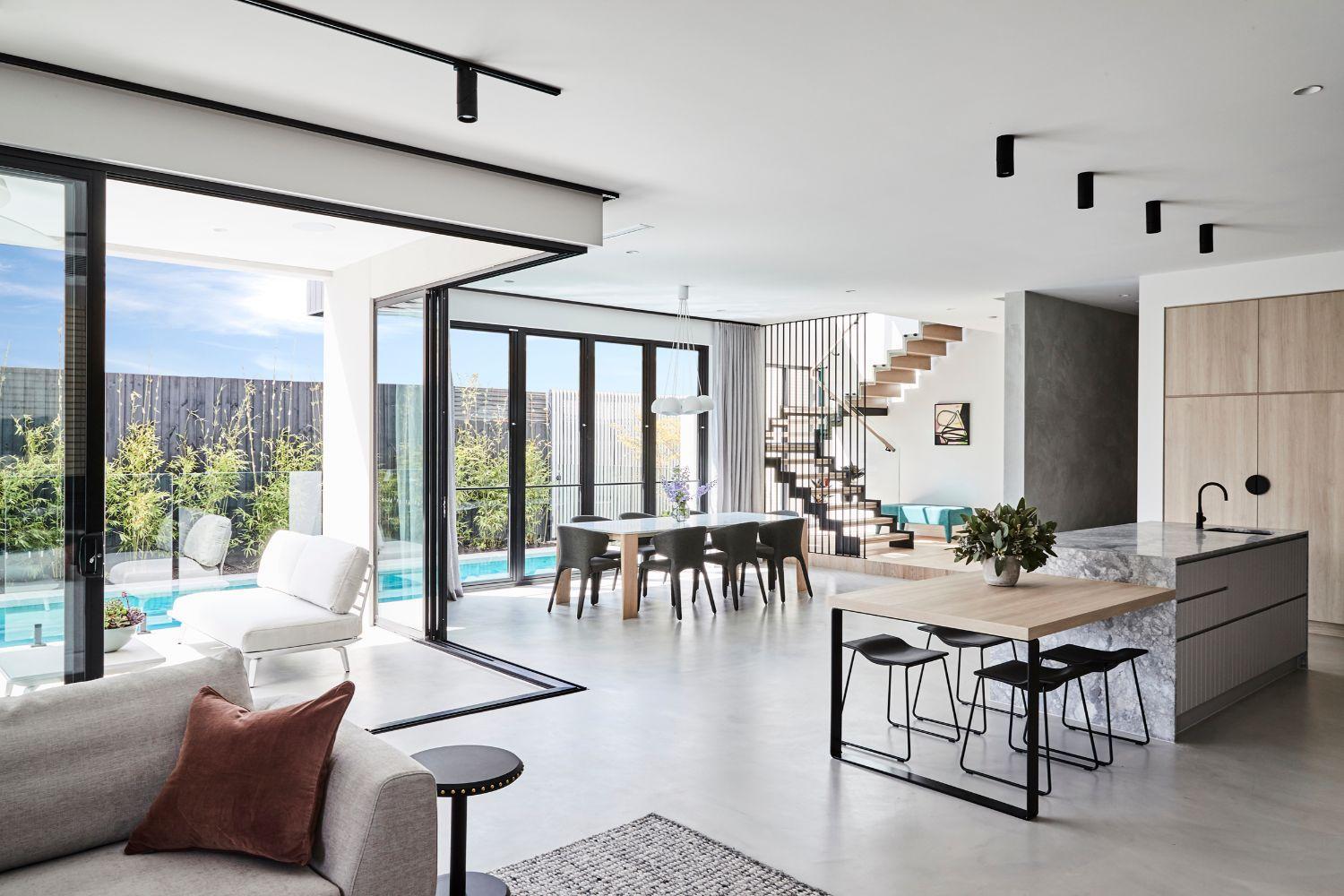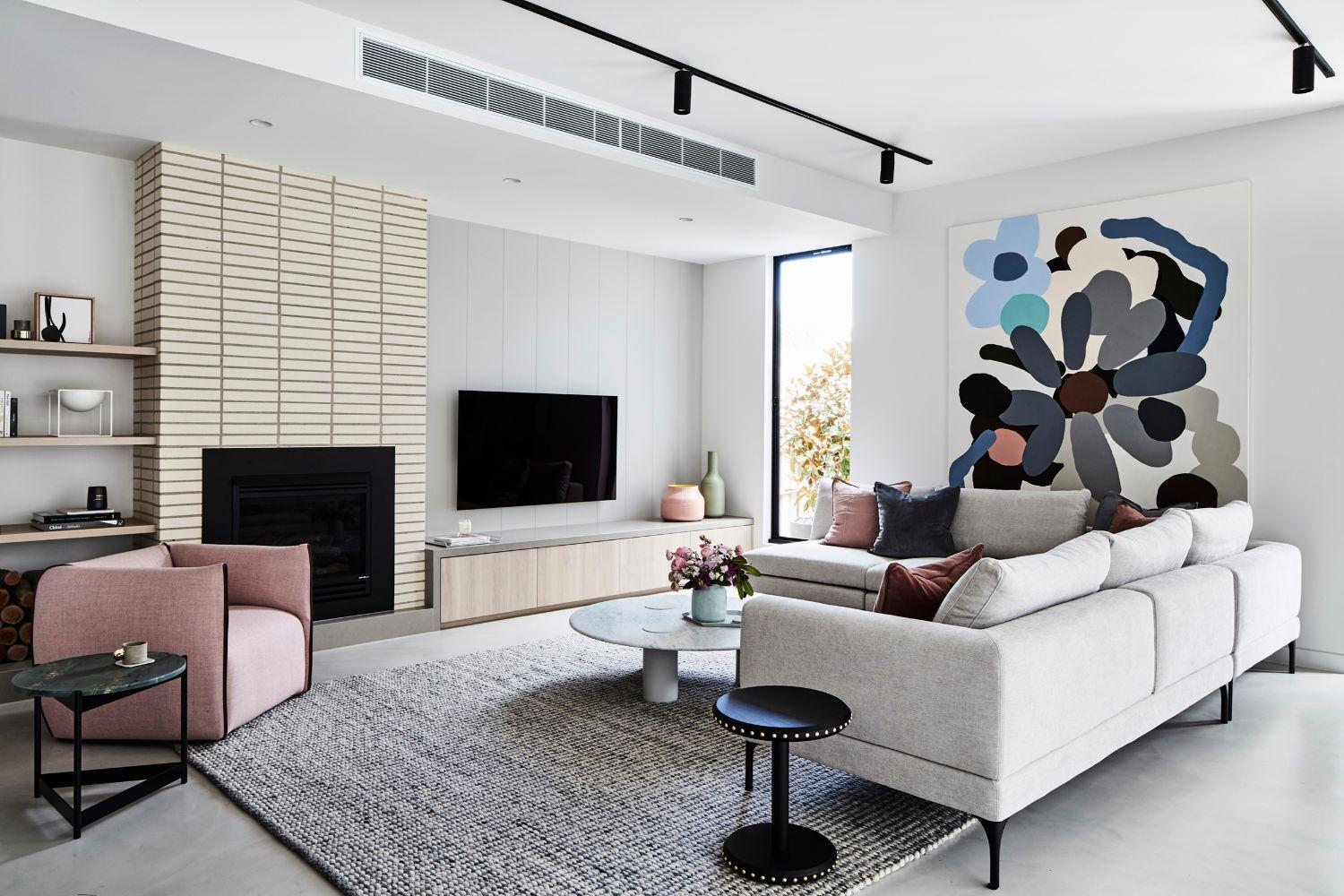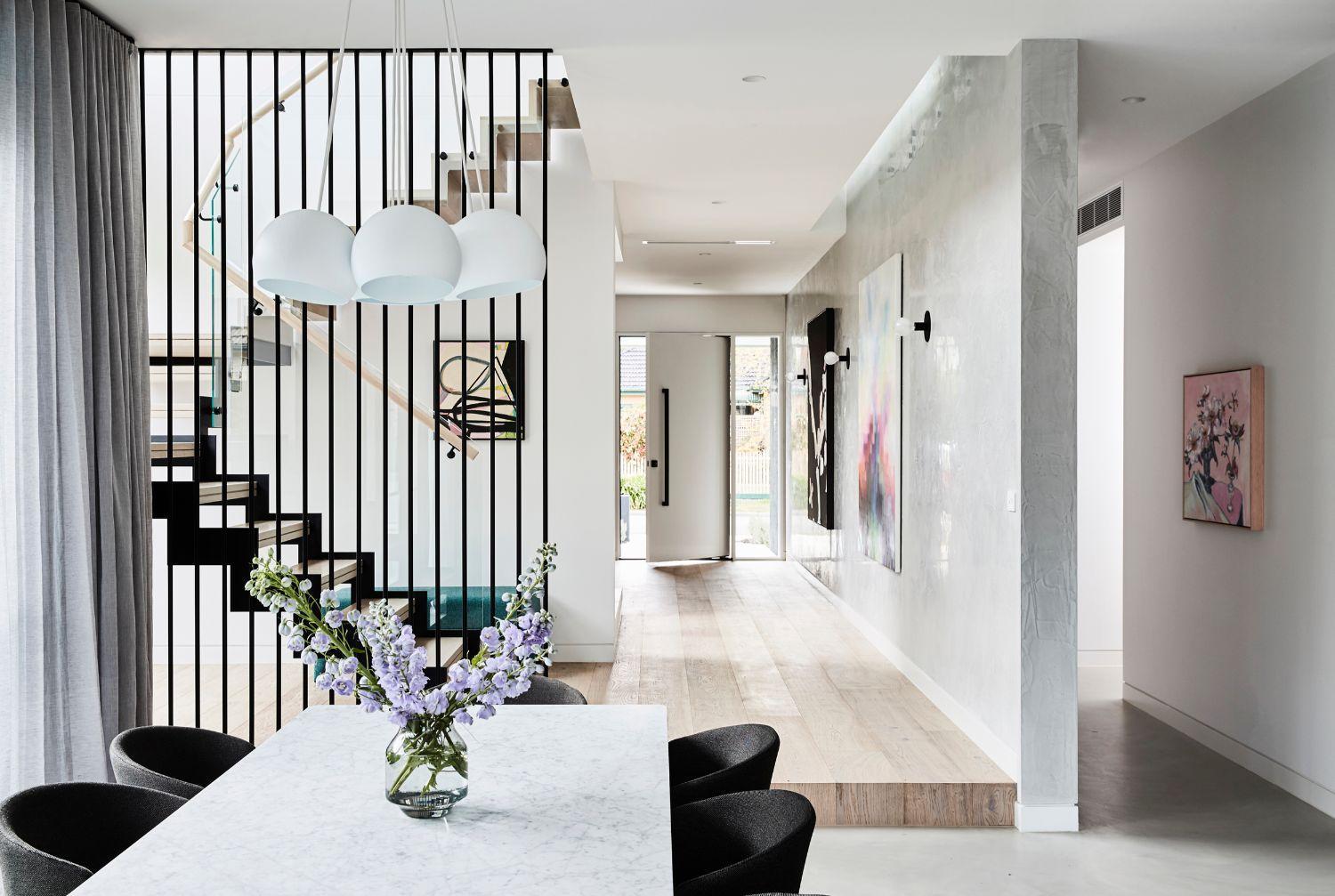Designing your floorplan
14 October 2019
Before you build your home, one of the most important things to get right is your floorplan. Not only does it help you visualise how one space flows to another, it lets you plan to size and scale. This ensures your home is designed for the life you want to live.
Think about the furniture you are buying or bringing into your new home. Work out where each piece should go and draw them to scale. This will help you plan for enough room to walk around them, or purchase the right furniture to suit your space.
As for the bedrooms, plan each one around the size of the bed. Let’s not forget storage and wardrobe space. You’ll also want as much natural light as possible. North-facing windows are best for a bright and cheerful home.
A good floorplan transforms a room into a room to live in. Imagine how your family will spend quality time together, how you entertain, and how you want to escape each day into your own private retreat. At Thomas Archer, we can help you choose a floorplan that makes it all possible.
Learn more from Thomas Archer Director – Frank, about why a well thought out floorplan is important and how it can benefit you.
Transcript:
The floor plan is probably one of the most humble but most important part of planning your home. It's really hard to visualize size and scale and room size until you're actually physically walking around, so you need to get a sense of how that's going to feel. Amy and Frank's kids might be young now, but in ten years time they're going to have teenagers living in their house, and that calls for very different needs.
So what are you planning for your new house?
Well, it's a big one. It's 48 square, it's got four bedrooms, four living areas. I think it's got about four bathrooms, so it should tick a lot of the boxes. For our family, I think we'll cover all of that off.
And a nice big Alfresco open, entertaining area with a pool, which will be great. Yeah.
And a decent backyard. A backyard enough big enough to kick a Sherrin just from one side to the other. That's enough for us. Great.
So tell me what you loved about the block and what you've done with this house to make it work on this block.
We loved the little street. It's quite a quiet street. It's two dogs down from a really big park. So this park has a great big open space, which was a real bonus for us because we thought, well, we can have maybe a bit more house and a bit less backyard, because we've got this giant, big, beautiful park next door. So that was a real decider in buying that particular block of land. Got a north facing backyard, which is great. So just means the backyard will be in lots of beautiful natural light all day. It'll flood through the house.
You shouldn't even need to turn alight on when you're walking this home. The windows and the doors are in the right spots, so that when you walk in, instantly there's light filled, the light filled home.
They actually say that a house that has natural light has something like a ten to 15% higher value on the market.
When you walk into homes, you can tell straight away. It's a bit of a feeling you get when you walk into a home that has natural light. I just think it's a bit more uplifting, a little bit more. I just feel better walking into a house with natural light. So for me, one of the most important things when you're laying down a design is to work out the natural light.
So when you're planning your bedrooms, what kind of size, what makes you decide what size you need it to be?
Well, I think it's important to recognize what size bed you're going to put into room. For example, so if you've got young kids, they might put a single or a king single. But what I always do is always draw the bed locations in the room and workout the circulation around the room. So that will generally dictate the room size. I always draw a queen size bed in a sort of spare room just to allow for that growth. If you've got desks in the room too, you want to make of extra room because you don't want to be jammed up against a bed. So if you plan on having a robe or any sort of sitting area in a bedroom, you just want to go a little bit oversized, want to start pushing the 3.8 meters, mark anything under that starts to get a little bit small with a queen size bedded and any furniture.
My advice would to anyone would be to make sure that you've got a furniture layout on any plan before you sign off on the design. Draw in the furniture, work out where you're walking around, how much space you need between a couch and an island bench. All these things will dictate the size itself. It could look good on a plan without furniture in it, once you throw the furniture in there and you start thinking about how you're going to walk around, that will really affect the size of the room.
Yeah, I think that's one of the biggest mistakes people make. When you don't have the furniture drawn in to scale into the room, you don't see it as a living space. And as soon as the furniture goes in, it goes from a room to a room to live in. And you start thinking about how you move around it and that changes how big it is and where the door should be and the window PowerPoints, light switches, those sort of things. How you're going to walk into the room, where's the furniture going to be, is that going to be in the way? So it's really important.
And it could also highlight rooms that are potentially too big or have unused space. So it's nice to have a really nice big room, but too big where you've got these giant, big sections of spaces that aren't used. Because your furniture is only taking up this much, it's really important to get it right. That space could be better used elsewhere in the home.
More wardrobe space.



